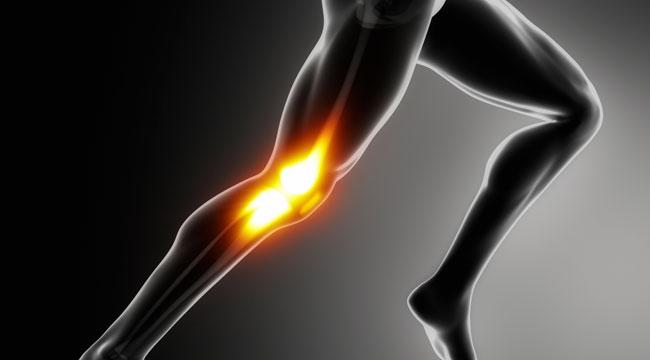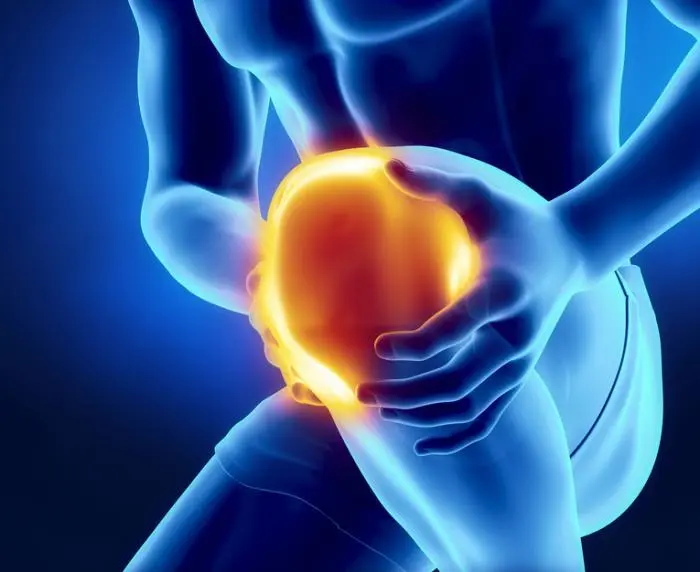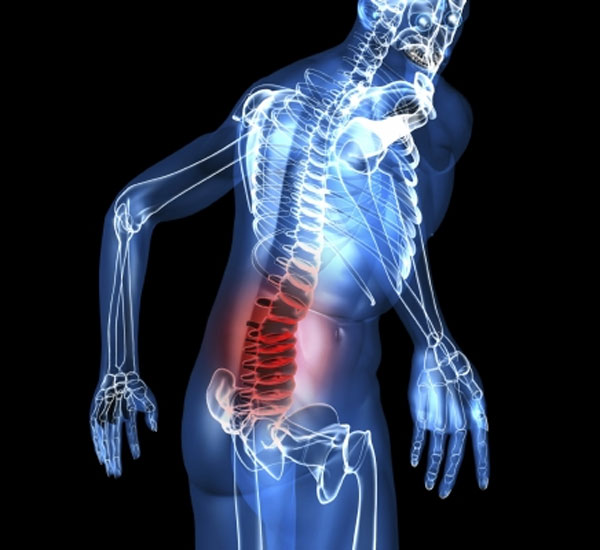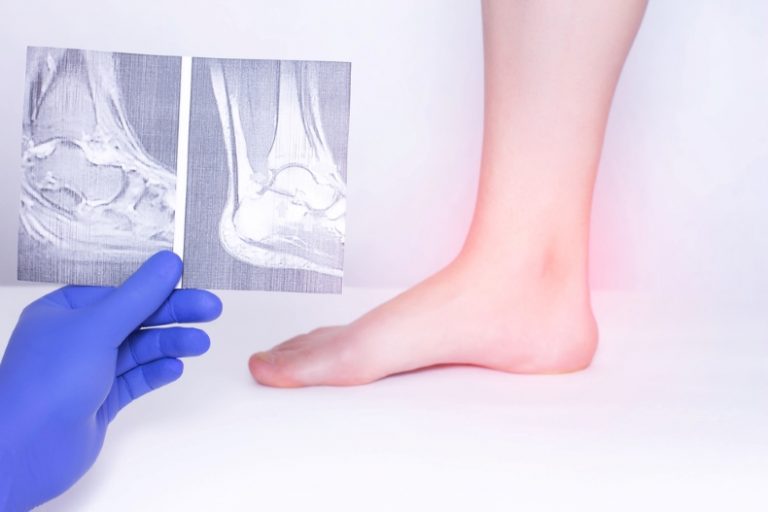What is carpal tunnel disease? And what are its causes?
Carpal tunnel syndrome is when the individual feels a feeling similar to numbness and tingling, and appropriate treatment must be started immediately in order to prevent any serious complications from occurring. In the following article, we will learn information about this topic, so let us read the following.

What is carpal tunnel disease?
The carpal tunnel is a narrow passage consisting of bones on the lower part and the carpal ligament at the top. The median nerve passes from the forearm to the palm of the hand in order to control the thumb and the first three fingers. Carpal tunnel disease is a condition that affects the individual and results in a feeling of tingling and numbness. Sometimes it causes pain in the hand and fingers.
Individuals suffer from carpal tunnel syndrome as a result of compression of the median nerve between the fibrous ligament and other objects surrounding it, and it is subjected to pressure by the wrist and the ligaments that are responsible for the movement of the fingers in the hand. Carpal tunnel syndrome is considered one of the most common nerve diseases among women, and it is initially a problem Simple health may not be noticed, but with neglect of treatment, the matter develops seriously.
Is carpal tunnel syndrome dangerous?
Carpal tunnel syndrome is not dangerous at first if it is detected early and treatment begins immediately, but if it is implemented without treatment, this will lead to the occurrence of many serious complications, such as:
- Nerve damage causes tingling and numbness.
- Suffering from weakness and atrophy in the muscles at the base of the thumb.
- Feeling tired and unable to do daily activities normally.
Causes of carpal tunnel syndrome
No clear causes of carpal tunnel syndrome have been identified, but there are many factors that increase the incidence of it, such as:
- Age: Although carpal tunnel syndrome may affect anyone, it does not happen to those under twenty years of age.
- Gender: Women are more likely than men to develop carpal tunnel syndrome due to the fact that the carpal tunnel is more narrow.
- Some jobs: Doing a job that requires constant movement of vibrations in the arm, fingers, or wrist, such as a tailor, baker, hairdresser, typing on a keyboard and typewriter.
- Inheritance: the presence of a family history of this disease and people who have already been infected with it.
- Menopause and pregnancy: This is a result of the accumulation of large amounts of fluid in the body, and in this case, the treatment of carpal tunnel syndrome is without surgical intervention and improves after childbirth by itself, but this makes the woman more susceptible to infection again.
- Bone friction: Suffering from trauma or a wrist fracture causes deformation of the small bones in the wrist and changes in the space within the carpal tunnel.
- Joint diseases: such as rheumatoid arthritis, occurs as a result of affecting the lining that covers the tendons in the wrist, and this causes pressure on the median nerve.
How is carpal tunnel syndrome detected?
Carpal tunnel syndrome is detected by the appearance of some symptoms, such as:
- Pain in the wrist that extends to the elbow and shoulder.
- Often suffering from swelling and stiffness of the hand.
- Feeling a small electric shiver.
- Waking up at night from the severity of the pain that the individual feels.
- Feeling pain, tingling, numbness, and some itching in all fingers of the hand except for the little finger.
- The poor sensation of the fingertips.


















